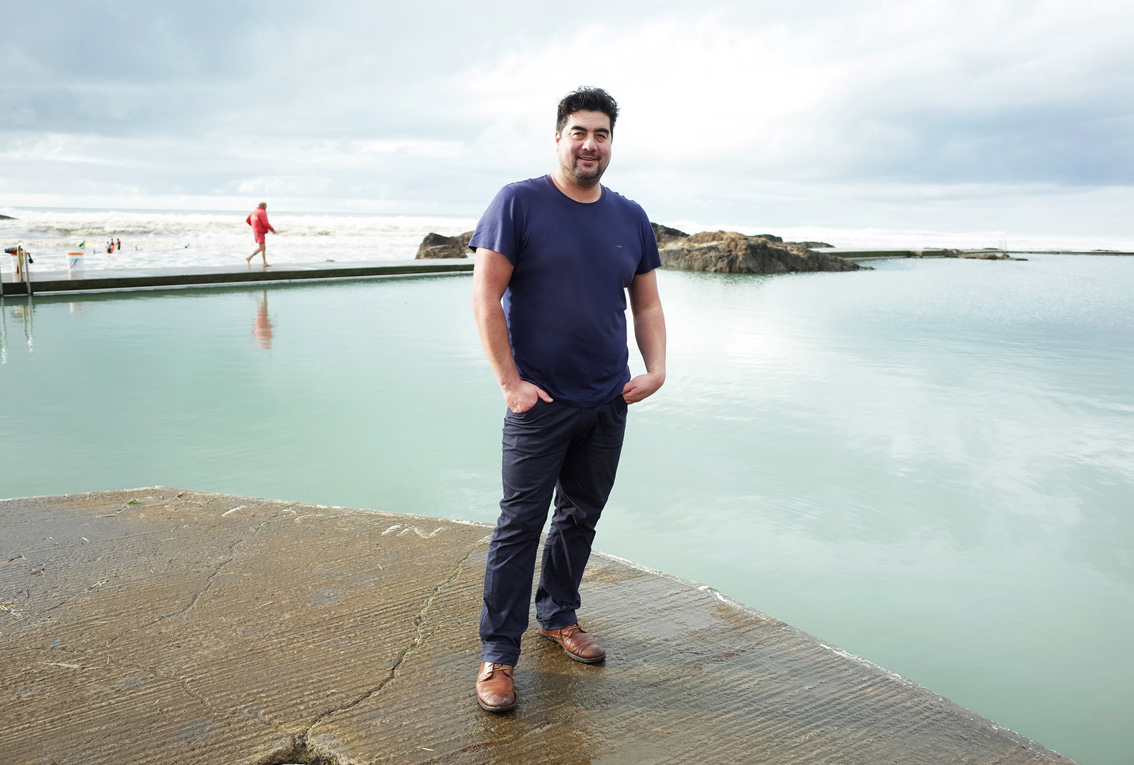
In this guest post, our award winning photographer Paul Meyler gives some helpful tips on how to get the most from your photo shoot. Paul is a photographer for the charity and social housing sectors and his recent clients have included MS Trust, Certitude, MK NHS, Nordoff Robbins and Mind among others.
1.Style of photography
As a photographer, it always helps to be briefed in advance of a new shoot and below are my key top tips to help you prepare and plan your photoshoot.
What particular style of photography is needed? This may be in keeping with a theme from previous campaigns.
What emotions to capture?
Serious, laughing, people interacting, eye contact or natural.
Who to place in the foreground & background – which individual is to be the main focal point?
I find this an important factor when shooting more than one person as this can be key for the images and the purpose of the campaign. For example, when I did a shoot for the MS trust, the campaign was about the importance of specialist nurses for the trust, so the main focus was on the nurses rather than the patients. Colours – it is good to know if there is a specific brand colour palette to follow. This can be featured through clothes and props during the shoot.
Clothing is really important, although this is something that rarely gets thought of. I like the use of colour throughout my images and a colourful clothing can make a big difference. In my experience, it’s not good to shoot a subject who is wearing white or black. White can often get bleached out, especially when shooting on a sunny day and black can often appear quite dull and hard to pick up any detail. Wearing vibrant colours will bring the image alive and grab the viewers’ attention.
2. Briefing tips
I have listed a few pointers/ideas below that have helped make photo shoots run smoothly for everyone involved, as well as ensuring the right photos are captured.
Within the charity sector people can be vulnerable, have mental health needs or learning difficulties. I find it easier if I can meet or speak to the people beforehand just to put them at ease and to prepare them for the shoot. It’s crucial that everyone involved understands what is going to happen and where the images will be used.
Keep in mind the composition of the pages and format of the publication that the images will be featured in. It’s handy to have an example of the layout which I can use as a reference while shooting as it’s easy to get carried away.
If there is something specific that needs to be captured it’s important to take note, especially when shooting case studies for charities. For example, it could be to capture a key emotion or having a selection of really emotive facial shots, so that the images can be cropped as an option for a front cover.
3. Location
It’s always good to have as much information as possible regarding the location for the shoot, especially what the lighting is like – will it be in a small room with little flexibility, or will it be a large room with lots of natural lighting? Will there be other things going on in the vicinity that I need to bear in mind? The more information I have the more I can plan and ensure that I have any extra equipment to help me deliver the desired images.
4. Power of a great photo
We live in a visual world where it is estimated more than 300 million photos are uploaded to social media everyday so people are always ready to appreciate and share a good photograph, online or in print.
A single photograph can convey so much more than written words and every person who views an image will have their own interpretation of what they see.
A great photo will help evolve your brand message and tell a visual story.